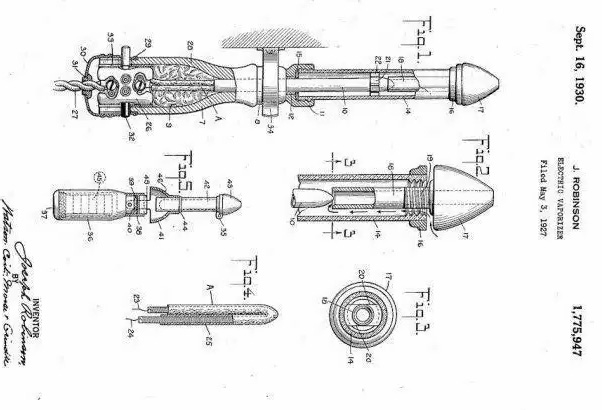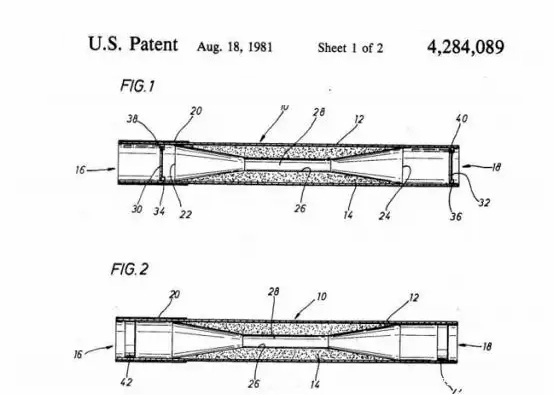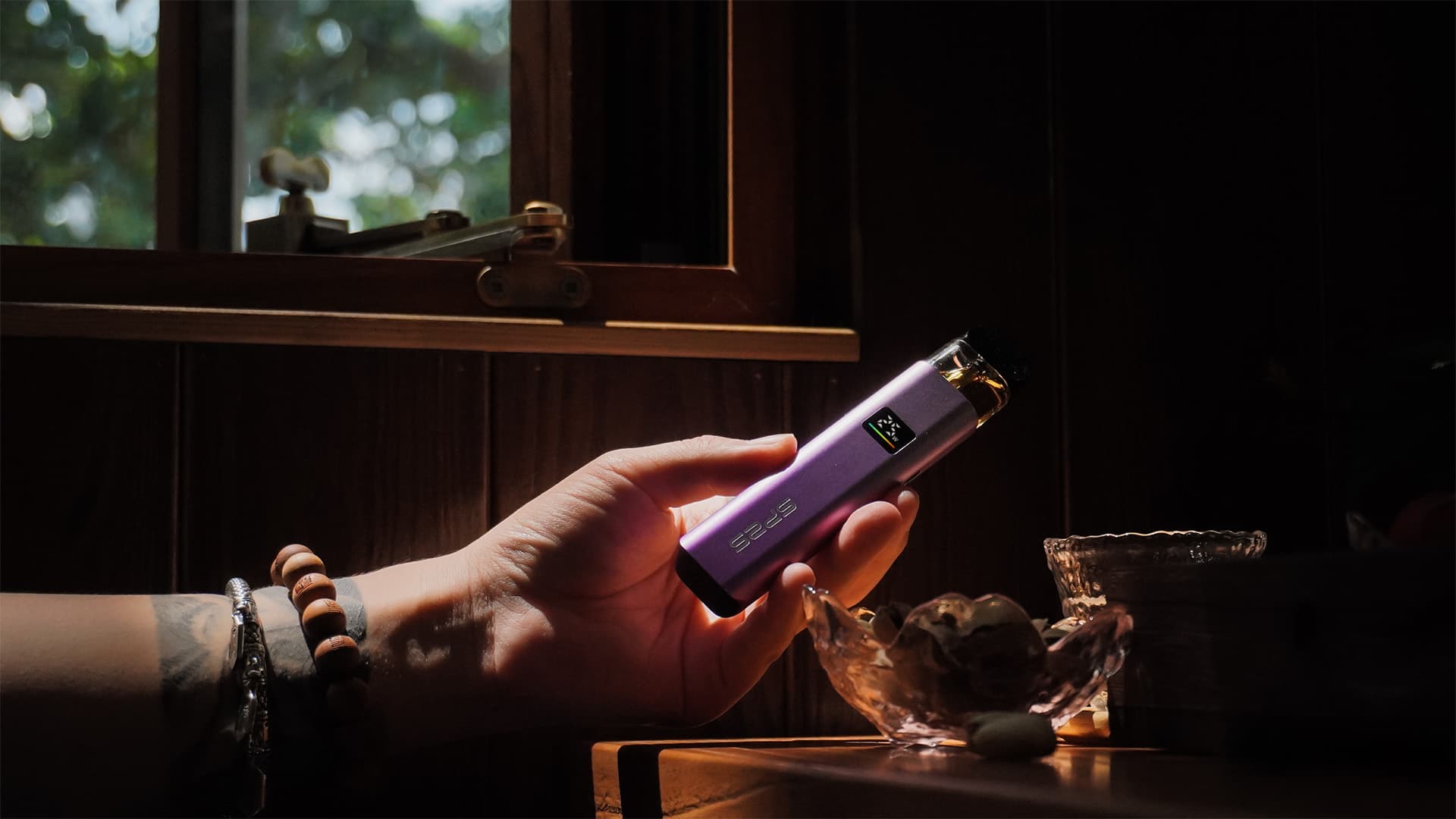Many vapers may be familiar with some key facts about the history and evolution of vaping. But to clearly understand the origins, evolution, and current status of vapes — and how the concept grew from an early idea to a global industry — is something few people can fully explain.
In fact, the concept of vaping dates back nearly a century. From the earliest vaporization prototypes to the invention of modern nicotine-based vape devices, and finally, to the explosive growth of the global vape market, this industry has followed a complex yet dynamic path of technological and industrial development.
Today, in just 3 minutes, SP2S will walk you through the past and present of vaping.
The Origin of Vapes: An Era Before They Were Called Vapes
1930 — The World’s First Vaporization Device
The history of vapes can be traced back to 1930 when American inventor Joseph Robinson filed a patent for the world’s first electric vaporizer. Although this device was originally designed for medical purposes rather than as a smoking alternative, it marked the beginning of early human exploration into vaporization technology.

1963 — Herbert A. Gilbert and the “Smokeless Non-Tobacco Cigarette”
In 1963, American inventor Herbert A. Gilbert introduced the concept of a “Smokeless Non-Tobacco Cigarette.” His invention aimed to simulate the smoking experience by heating liquids rather than burning tobacco. The design eliminated the need for combustion, thereby avoiding harmful byproducts like tar and carbon monoxide.
While Gilbert’s design closely resembled the working principle of modern vapes, it lacked nicotine, and the technology and market conditions at the time were not yet ready for mass production. Nevertheless, this invention remains a key milestone in the early history of vaping.
1981 — Phil Ray’s “Simulated Smoking Device” and the Birth of Vaper Culture
In 1981, computer industry pioneer Phil Ray introduced a “simulated smoking device,” which was the first product to promote the idea of inhaling nicotine vapor to reduce the health risks of smoking.
Although this device did not utilize electronic heating, it played a vital role in shaping the concept of nicotine replacement and enriching the language and culture surrounding vaping. The terms “Vaper” and “Vaping” were coined during this period and remain in widespread use today.

The Birth and Global Rise of Modern Vapes
2003 — Hon Lik Invents the First Modern Vape
In 2003, Chinese pharmacist Hon Lik, after witnessing his father's illness and passing due to smoking, recognized the urgent need for a safer alternative to traditional cigarettes. Combining his expertise in pharmacy and electronic engineering, he successfully created the world’s first modern vape — the “Ruyan.”
The Ruyan device used electronic heating elements to vaporize a nicotine-containing liquid, significantly reducing the harmful substances associated with burning tobacco. This innovation marked the beginning of a new era in nicotine delivery technology.
In 2004, the Ruyan product officially entered the market, signaling the start of the commercial vape industry.

China’s Manufacturing Boom and the Rise of a Global Supply Chain
The success of Ruyan not only marked the true birth of modern vapes but also rapidly accelerated the development of China’s vape manufacturing industry. Leveraging its well-established electronics sector and supply chain advantages, cities like Shenzhen quickly emerged as the global production hub for vape devices.
According to industry data, by 2025, over 90% of the world’s vape products will still be produced in China, making vape manufacturing a key contributor to the country's export economy.
2014–2024: Global Expansion of the Vape Industry
Since 2014, vapes have rapidly gained popularity worldwide. Stricter tobacco control regulations in regions like North America, Europe, and Japan, along with growing public awareness of the health risks of smoking, have created favorable conditions for market expansion.
In this context, vapes — positioned as a potential harm reduction alternative — have gained attention in several countries and public health discussions, driving global growth.
Data shows that by 2024, the global vape market exceeded $47.5 billion, with products exported to over 220 countries and regions. Countries such as the UK, Canada, and New Zealand have implemented supportive policies, officially recognizing vapes as tools to help adult smokers transition away from traditional cigarettes. These policies have also driven the development of product standards and technological advancement within the industry.
At the same time, governments worldwide have tightened regulations on product quality, market access, youth protection, and advertising. The vape industry is transitioning from a period of rapid, unregulated growth to a stage focused on compliance, safety, and sustainable development.

The Future of Vaping: Innovation and Regulation Go Hand in Hand
In 2025, the vape industry is entering a critical phase of development, facing stricter regulations, higher market standards, and a more rational and informed consumer base. The industry's key priorities include:
• Technological Innovation:
How can continuous research and development improve product safety, reliability, and user experience while offering more effective harm reduction solutions?
• Meeting Consumer Needs:
How can vaporization and related technologies more accurately and effectively meet the needs of adult smokers seeking alternatives to traditional tobacco?
• Quality and Responsibility:
How can strict quality control, transparent market practices, and full regulatory compliance build consumer trust and support the long-term, healthy development of the industry?
As an active participant in the industry, SP2S embodies this vision. The company is committed to advancing alternative nicotine solutions through technological innovation, while maintaining product quality, safeguarding user health, and fulfilling corporate responsibility by adhering to evolving industry standards.
The sustainable development of the vaping industry depends on the collective efforts of all stakeholders across these three areas. Only by maintaining a balance between technological progress, market demand, and regulatory responsibility can the vape industry achieve steady and healthy growth for the future.




Leave A Comment
Your email address will not be published.